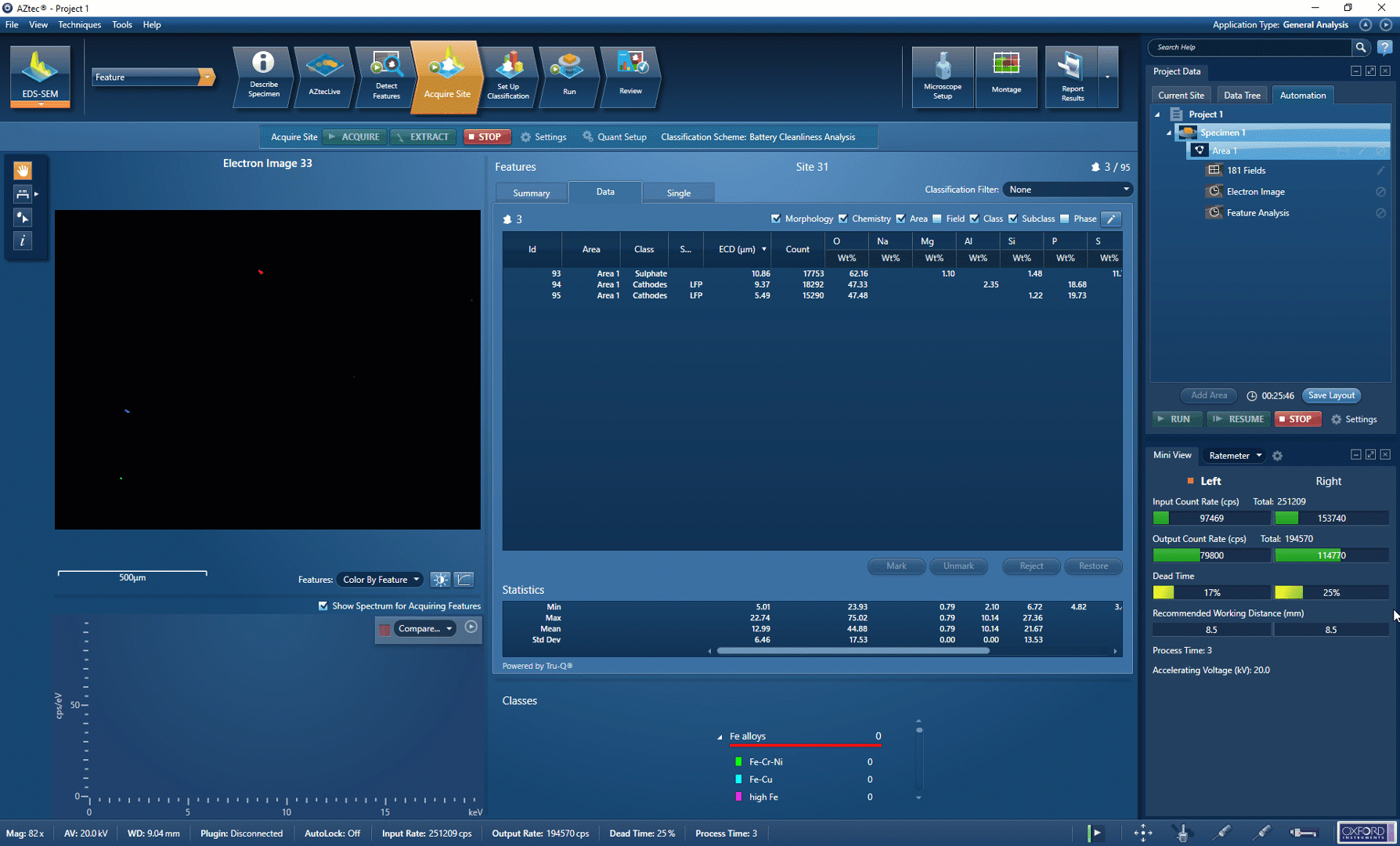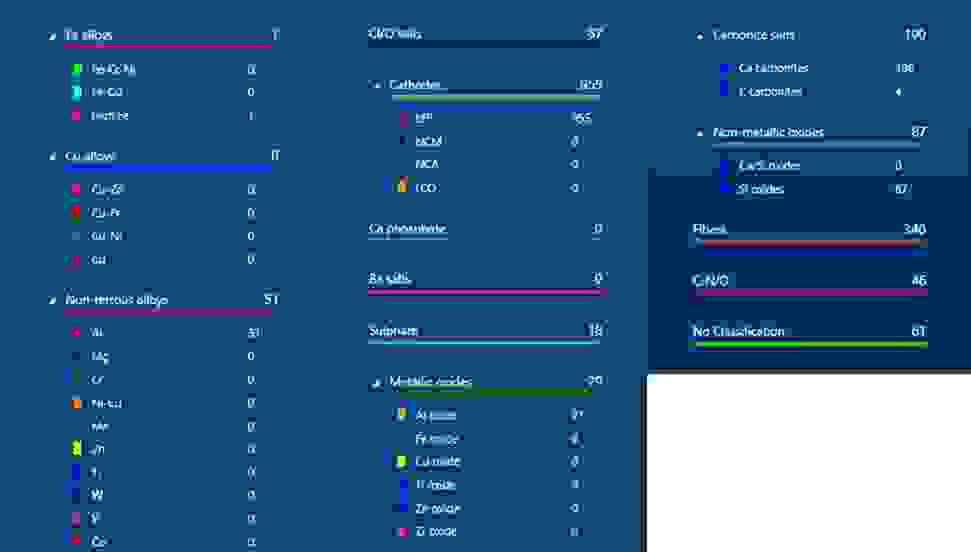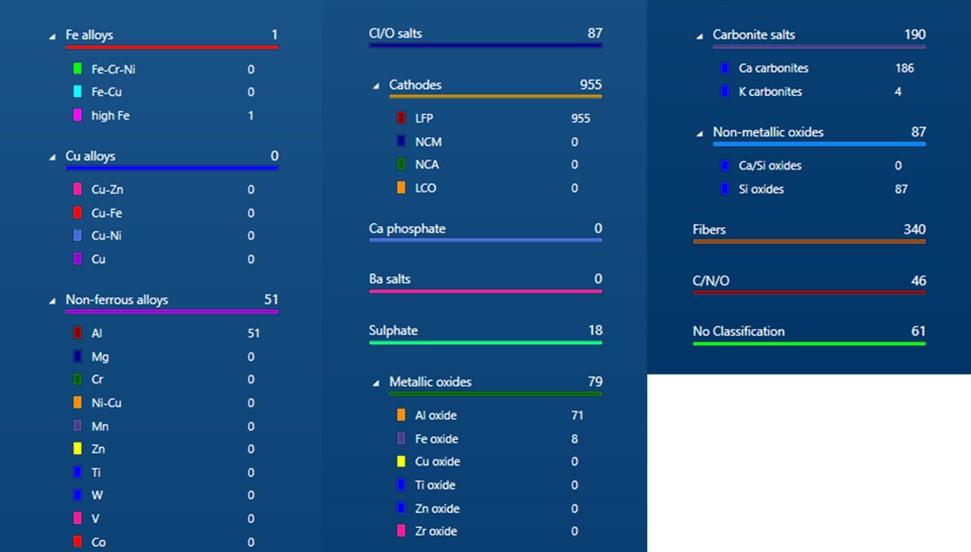Back in 2020 we launched AZtecBattery as a dedicated particle analysis solution for Li-ion battery powder. This was done based on feedback from customers in the battery industry who were looking for an automated solution to characterise battery powders and a solution which could easily be applied across multiple sites.
Using the existing AZtecFeature product as a platform gave many user benefits straight away. Based on input from a few customers and access to samples used for production of NCM cathode material allowed us to generate an applications profile and classification scheme.
Since then, the battery industry has grown significantly and the technology has also developed, as result there are more users today, analysing a wider range of powder materials. This means that to keep up with the market we also need to update the AZtecBattery schemes to support current materials and classification schemes. The benefit being that we now have access to more users and thereby more information about what they are dealing with in terms of samples and how they would like results to be reported.
The basic workflow for AZtecBattery is following:
- In a single field of view, select the particles of interest by defining a grayscale range on the electron image.
- Obtain accurate quantitative results by collecting the composition information of each particle in the field of view by use of EDS.
- Define a larger data acquisition area, the system controls the movement of the sample stage, moves between fields of view and repeats the above steps to complete the data acquisition from all particles within the defined range.
- Count the number of particles, classify them based on shape or composition and generate reports.

Figure 1: A single field of view analysed using AZtecBattery.
In the latest version of AZtec, the speed of analysis of identified particles has been improved significantly. This also applies to AZtecBattery, as it is built on the AZtecFeature platform. In addition, we have also updated the classification schemes for AZtecBattery to cover a wider range of materials used in the battery industry.

Figure 2 – Example of reporting of the detected particles using predefined classification scheme.
All in all, this is an interesting application area to follow and a good example on how input from customers can lead to a product being developed initially as well as maintained to support rapidly growing demands for quality control in relation to battery and EV applications. Our latest application note gives more of an overview of how AZtecBattery works and more information about how it can be applied on a range of battery materials.
If you are interested in chemical analysis of battery powder, then you might be interested in our recent webinar related to Live Chemical Imaging. One of the examples in the webinar is using Live Chemical Imaging on a battery powder material to get a first impression of whether the powder samples would be suitable for automated particle analysis. To watch the recording of this SEM session, please visit our webinar library where the recording is available to view on-demand.






